What you can learn from the article
The meeting I had with Cătălin Caraza from Creative Engineering had as the reason and starting point of our discussion the structural and energy compliance project of the house of Ioana and Ciprian Radu, built by Litarh at Gulia, near Bucharest, a project he was directly involved in. There will be many references to first article about this house (in which I talked to the architect and presented the construction), so I advise you to re-read it first. Building homes that are as energy efficient as possible, reducing energy consumption for heating and cooling are very topical subjects, so our discussion was broader, very technical and touched on many topics of interest in timberframe homes. We talked about the journey the future homeowner has to go through before starting the construction of the house, principles of efficiency, costs, how much the cost of the structure represents in the total cost of the house and other such topics.
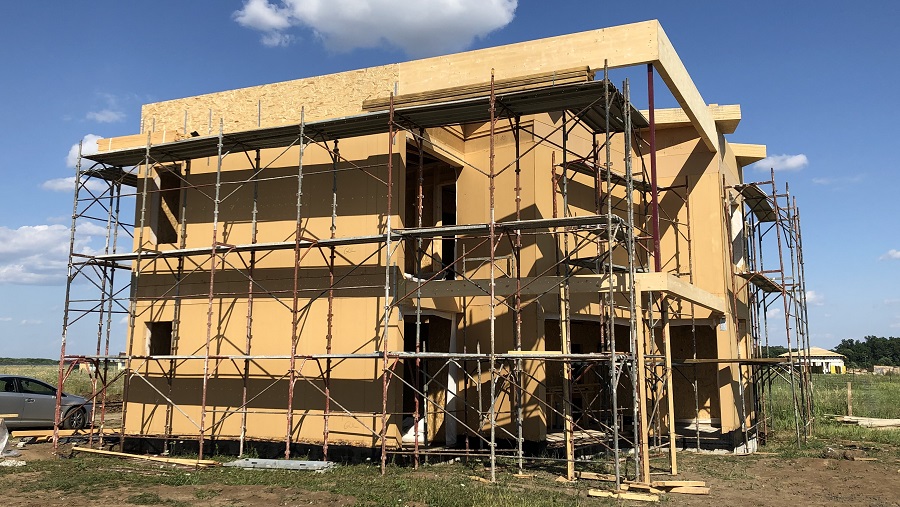
Steps up to the house structure erection phase
We started the discussion with this topic because Pierre Bortnovski (Team Built) the architect and site manager of the Gulia house, was saying that many people who want to build a house first go to Creative Engineering (thanks to the information on the net), but that this should not be the first step. We asked Catalin to tell us Who should a future homeowner turn to first?
"The first step is finding an architect. People come straight to us not knowing what we do. We deal with structure and energy compliance, energy compliance meaning sizing the stratification, designing for energy efficiency if you want a passive house. Because you need to know how you get to a passive house. How do you know what the windows should be, whether they're too big or too small, how do you know what characteristics of the joinery What?
If you want a house, go to the architect first who is told, for example, I want a big, bright living room, 3 bedrooms, 2 bathrooms, that's pretty much the requirements. The architect draws up the functional scheme, the volumetry, and then the specialized teams - structures, installations, landscapers - come in.
Without the technical project, only the architect's project, construction cannot start, according to the law. You need technical project with execution details, materials, everything. The builder appears at the end, after the project is complete with execution details, quantities, possibly 3D model.
With Vlad Liteanu (Litarh) it's simple, we work in the same software and send him the 3D model directly. We send as clearly as possible the details of the execution, beam gauges, column gauges or whatever else there is in the project from a structural point of view, elements that we dimension and for which we are responsible, and he, on the basis of this project, makes a price offer to the client. The offer to the client comes after the architect has done the design and the structural design has been done. Several teams work on the complete project - the builder who makes the structure, those who make and fit the windows, the installation team, etc.
There are many people involved in the project until the house is ready. Pierre had at one point made a chart of all the people who worked on the Gulia house and he came up with over 100 people involved. For everything to run smoothly, someone has to take over as project manager."
What did the Creative Engineering project for the Gulia house consist of?
"As for the house in Gulia, we (Creative Engineering) I did the structural and energy compliance calculations. Compliance is the layering, why certain thicknesses of wall, roof or floor insulation are used. The client chooses the annual consumption level they want to achieve, max 15 kWh/m²/year if it is a passive house. From there, we did the calculations starting from the foundation. The structural part involved sizing the beams, the floor, the layout of the interior walls. In timberframe houses the interior walls, even if they are thinner, can be used as load-bearing walls for relieving certain forces from the roof. And even if they don't unload any forces, the walls buttress the house and thus have a structural role. We also give the bracing elements, the corners. After the calculations we tell the builder if the wall studs should be longer than 625 mm, which is the usual pitch. We also do the details of the fastening details - the corners of the foundation, the walls, the wall floor, the wall floor, the floor wall - the wind and seismic resistance calculations are also done by us."
From what Catalin said, I understand that a house designed to withstand earthquakes or wind, it will stand up, whether made of wood, brick or concrete. The construction is the result of calculations, and they tell you how thick the walls need to be and what type of corners and fasteners need to be used.
"We also did the energy compliance study. In this study we model the house taking into account possible neighbors. Even if they don't exist, it can be simulated according to zoning regulations. Possible construction could have an impact on shading. The house has no neighbors now, and if everyone who builds nearby takes the proximity and height regulations into account, there should be no problems in the future. Taking into account the orientation to the cardinal points and the climatic data, the windows have been chosen, the envelope sized, the insulation on the plinth, the walls and the roof calculated.
We also do zonal modeling. We do a local model and vary the thickness of the insulation. It depends on where the house is. The calculation is done strictly on site, strictly with the calculated geometry and position. This house on the same site, but rotated by 20°, would not have the same coefficients. Very important is the orientation - to the south are the large openings, and to the north, only the strictly necessary. This helps a lot in winter, when almost no heating is needed, but in summer it can lead to overheating. That's why shading elements (riffling, blinds) are needed.
Once all these calculations and simulations are completed, the builder takes the 3D model and makes a technological design. Materials are dimensioned, always with the designer's agreement that the structure must be strong. The builder can introduce certain tolerances to allow assembly. The changes are very small and do not alter the calculations, but are very useful during assembly. If there are changes to the design, they are made before construction starts, very rarely afterwards. If they are necessary, however, the modifications involve costs because the strength calculations have to be redone."
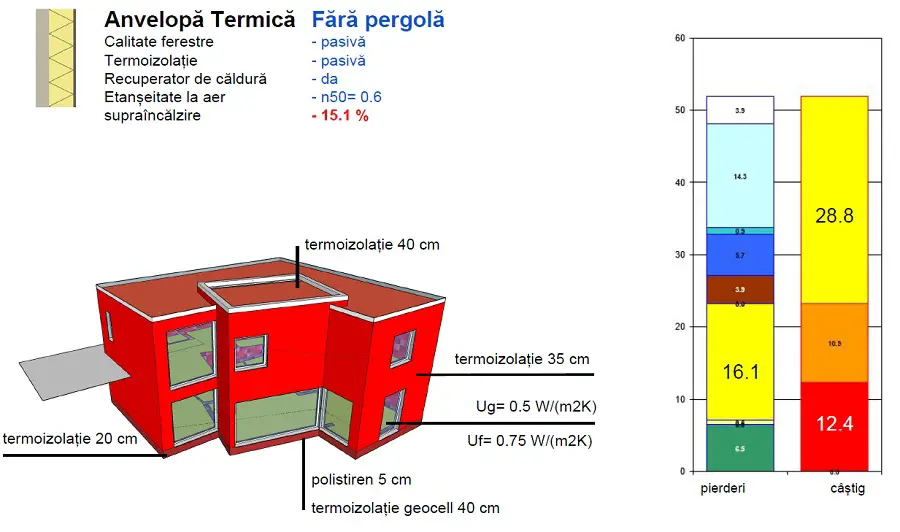
What is energy building energy compliance
The energy performance of a building is an important feature, as the energy used in a house increases maintenance costs and creates a significant amount of greenhouse gas pollution - the main cause of climate change. So it is not surprising that now, more than ever, energy efficiency is an important part of building design and construction. To this end, all new buildings, regardless of size, will have to meet minimum energy performance requirements adapted to the climate in which they are built. These are requirements aimed at reducing the energy consumption needed to maintain buildings, which climate change is forcing us to follow. Energy-saving measures will benefit the environment, improve air quality, improve the quality of people's lives inside buildings and bring lower energy bills.
The discussion with Cătălin continued with the energy efficiency requirements, especially as more and more beneficiaries are getting informed and want to build passive houses or as energy efficient as possible. So, what should the houses that are built from 2021 onwards be like and how efficient can or should they be?
"The answer would be quite simple. Now, from 2021, houses have to fall within nZEB standards, i.e. they cannot be anything other than energy efficient. In addition, they would also have to use some renewable energy to meet the standard. In terms of efficiency, there are several levels. If we look at the graph below, we see that a passive house has a consumption of max. 15 kWh/m² per year, but a very efficient house is also a very efficient house with 30 kWh/m², it can even be certified. If people don't necessarily want a passive house, but they want it to be energy efficient, we recommend this level, 30 kWh/m² per year. It's ok in terms of consumption and although it seems a small difference, the financial effort to reach the level of a passive house is much higher. The differences come from certified materials which are much more expensive."
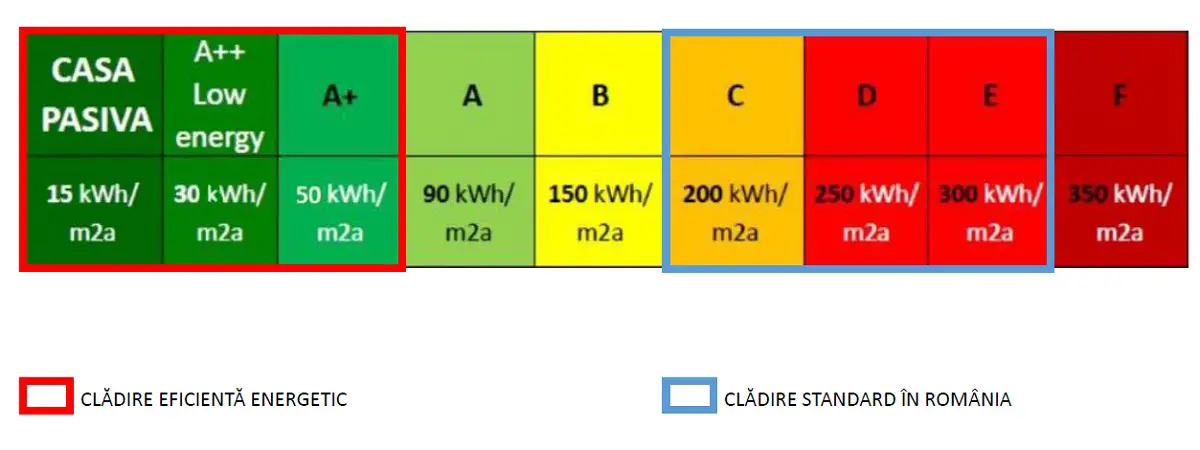
When energy retrofitting a house, the principles to be followed are the same as for passive house, but when the house is only energy efficient, the values are more permissive, less strict. The principles we are interested in are:
- very good thermal insulation
- as few thermal bridges as possible
- performance window
- airtight envelope tested with blower door
- air quality through ventilation and heat recovery."
Thermal insulation is key to reducing heat loss. Thermal insulation allows the inside of a house to be independent of the outside temperature, making it much easier to maintain constant thermal comfort. Once the appropriate temperature inside the house is reached, it should be maintained as long as possible by avoiding heat loss through good insulation of the foundation, walls and roof. In an energy efficient or passive house, the thickness of insulation is considerably greater than in a conventional house. The thinner the insulation, the greater the heat exchange.
"Thermal bridges (areas of uncontrolled air exchange) should be totally broken, but that's the ideal. If they can't be broken, they need to be minimized. For example, there's a thermal bridge in the laminated beams of the Gulia house that can't be totally removed, because the wood goes through the wall and out, and the energy is lost through the wood. But it could be reduced. Two sheets of PURENIT, a material with a lower heat transfer coefficient (0.08), were placed between the wall and the beam. The metal piece holding the beam was clamped by the PURENIT and the PURENIT by the wall. The deck was not removed, but it was diminished. Without this intervention the loss through this area would have been much higher.
The windowThere is a price difference between certified and non-certified joinery, and the difference is not small. Joinery has 3 important components that influence its efficiency - the frame, the glass and the way it is fastened together. The frame can be PVC, wood, wood with aluminum on the outside or aluminum. It has added low transmittance materials, visible in cross-section, which break the thermal bridge between inside and outside. The most expensive windows are those made of aluminum and certified. To be very good they must have a heat transfer coefficient of less than 0.8 W/m²K. It is also very important to have a good seal between the window and the wall, as this is where significant thermal bridges can occur, which can be detected by thermal scans.
Envelope is everything that comes into contact with the outside environment - walls, foundation, roof. Through the foundation 20% of energy can be lost, through the walls 25%, through the windows 10-20% and through the roof the most, 25-35%. That is why the roof's thermosystem layer is thicker. There should be no uncontrolled air exchange because it can lead to condensation, which is very dangerous for wooden houses. That is why all foils and layers used for insulation are closed to the inside and open to the outside, so that water from damp processes can be removed. For this reason OSB is not used on the outside because it is a barrier. In the Gulia house, DWD was used on the outside, a material with a fairly good coefficient of permeability that lets vapors out. Over the DWD was laid basaltic wool bonded with adhesive. The adhesive was chosen so that the vapors could escape. Then comes the vapor permeable plaster. The whole system has to be permeable to let the vapors out."
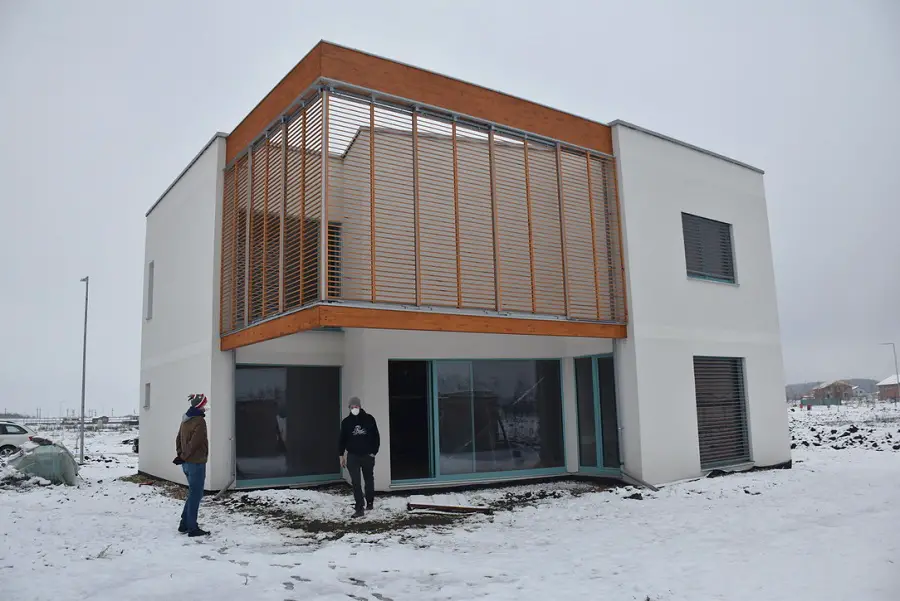
Is home certification useful?
"For the time being, having a certified house does not bring any advantage in terms of taxes or state incentives. Certification is, however, a guarantee of the quality of the products used and of the workmanship; it is the guarantee of a well-designed and well-executed house. As far as passive house certification is concerned, a big problem for us and for architects is the lack of certification for the materials used, even among some major manufacturers. In order to certify passive or very energy efficient houses, you need a file with the documents of the materials used, technical documentation, photos of the construction, test results."
How much is the actual construction (the structure) of the final price of the house?
"The structure has a big visual impact, but it only accounts for 20-40% of the construction. So does its price. The price quote given by the builder is only for the elevated construction. There are many other costs added to that. In the end, with the interiors semi-finished, i.e. without finishes that can greatly influence the cost (parquet, tiles, special wall finishes, etc.), the final price can reach up to 1800 euro/m² for a passive house on a CLT and around 1500 euro/m² for an energy-efficient timberframe house (up to 90 kWh/m² per year). A brick house is around 1400 euro/m². We also have a video made by Marius (șoflete.ro) about how much the same house costs on different structures."
Talking to a specialist about the efficiency of houses is very informative and convincing so that, in the end, you want to build the most energy-efficient or passive house you can because you really understand how important it is for your future comfort. But for that you need to get the right architect, designer and builder and plan ahead.
























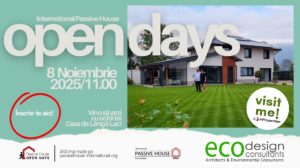


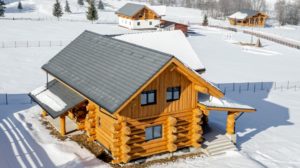
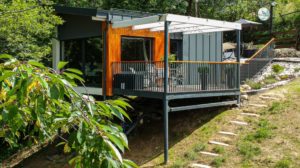

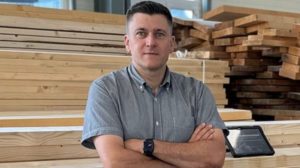
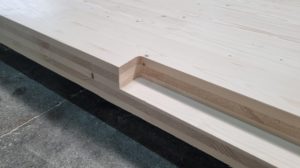



Add comment